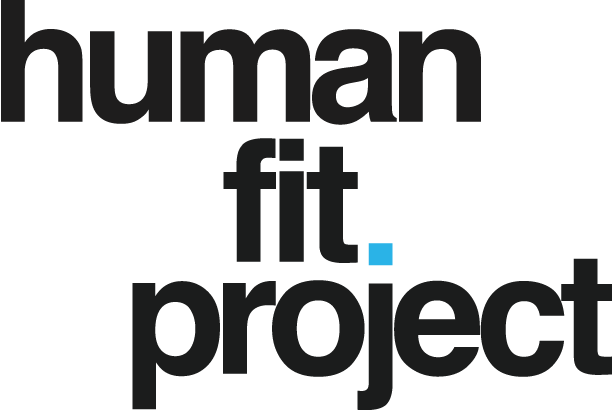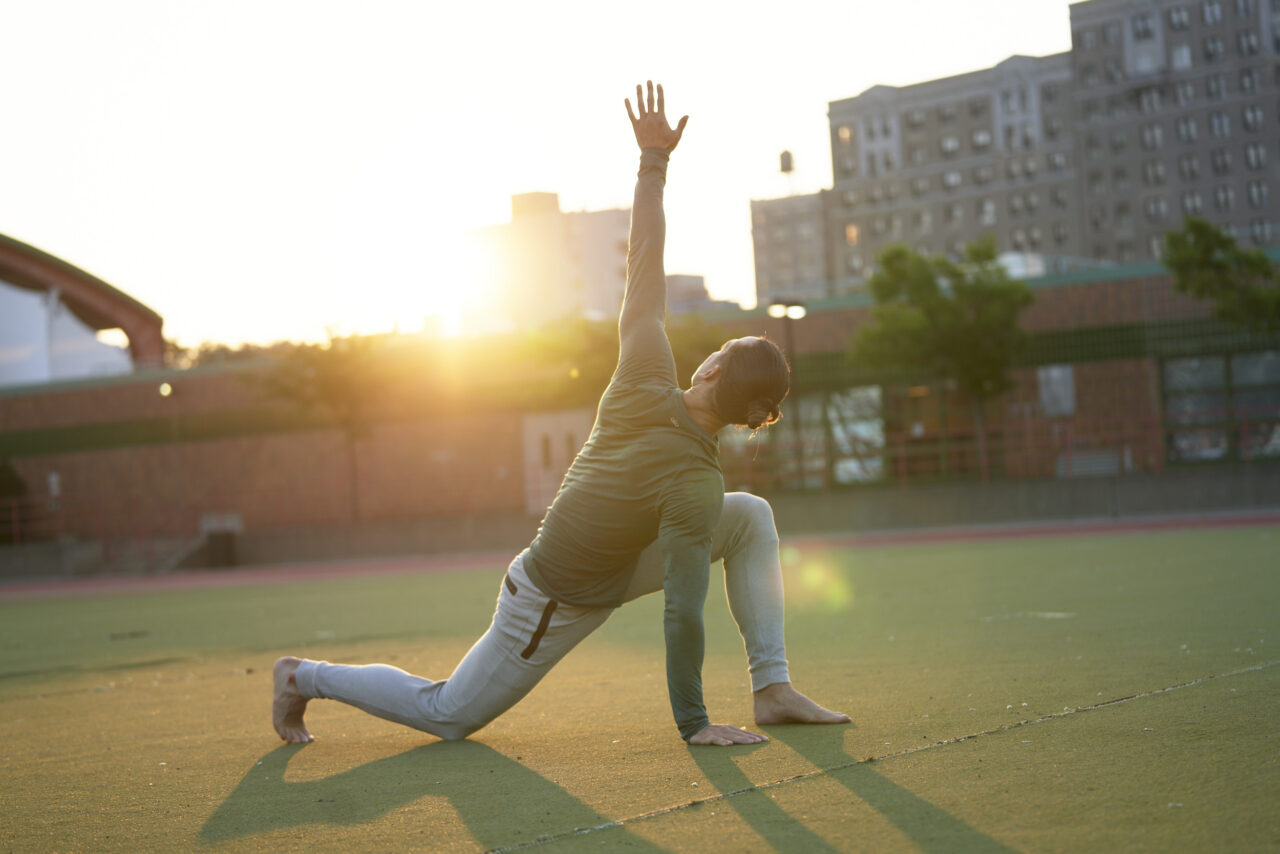Creative work can be both exciting and rewarding, but it can also be incredibly taxing on the mind and body. Our creative muscles are no different than our physical muscles, they need bouts of work or training followed by rest and recovery.
If you want to strengthen your creative muscles, this piece is for you.
Avoid burnout: the dream killer
Burnout is a dream killer, and it’s the only thing that ultimately ends everything. The minute you burn out your creative muscles, is the minute you’re in trouble. It’s the last straw. It’s the only thing that will truly make you pack up your things and leave.
While this piece could never guarantee success, it could help experience more surges of creativity and less deep lows or sticking points.
Read also: The perfect day for brain and body performance
The creative genius workout plan
1. Shake up your daily grind
Having a steady routine is key having a system of creativity and productivity, until it gets a little too routine. It might be time to shake it up just a little.
If you work out at night, try going in the morning or at lunch. If you’ve been doing the same workouts for the last 3 months, then start changing them every 4, 6 or 8 weeks. Try one of our 30+ FREE workout programs.
If you take the same route to work everyday, try a different one. If you work late most days, try reversing, go in earlier and leave earlier. Shaking up the daily grind isn’t about complete change, it’s about little doses of new flavors to freshen up your perspective.
2. Create a mind-eraser routine
It goes without saying: exercise is just as good for your mind as it is for your body. Sometimes my best ideas come after some sort of exercise (or in the shower).
You could use a very hard and uncomfortable HIIT workout (like this), a calming breath work session (like this), or a winddown workout (like this). The the regeneration portions of our Detox 2.0 plan inspired this thought.
3. Digital detox more
Previously I wrote to shut off your phone at least 20 minutes before bed, now as an update to this piece, I’d say at least an hour. (I know, it’s hard) It’s also worth doing it for extended periods of time during the weekend or after the workday. However you decide to detox, try and shoot for a few hours per week. (And that doesn’t count sleep hours)
4. Try to ease up on the caffeine
It’s tempting to pound a cup of coffee when you’re feeling uninspired, but if it’s your 8th today, or you already drank a pre-workout before hitting the gym, it might be worth considerings scaling back. Caffeine might get your fired up, but too much could scatter those thoughts. I know it does to mine. Switching to tea might be a good idea, too.
5. Keep a log of productivity reports
If you want your thoughts to flow regularly, then solid confidence is a must. The best way to keep your head strong is by reflect on what you’ve accomplished every day, week, month, and year. Celebrate your wins, big or small. They all add up. I have a to-do list, an accomplished list, and a bunch of note pads where I write random thoughts and ideas.
6. Have an office exercise
You need a piece of equipment in your office or at your desk. You won’t do a full blown workout, but a set of curls or incline pushups against your desk will take your mind away from what’s stressing you out and onto that quick shot of endorphins you’re getting. You’d be surprised, that 2 minute “break” could be what you need to spark an idea. Try some of these from our piece, exercises you could actually do at your desk
7. Appreciate other creative
Instead of living and working in your own world all of the time, take some time to appreciate all of the creative work around you. Don’t look at your competitors. Read and watch something creative or expressive that has nothing to do what you do. Scroll through TV shows you never thought you would watch, a website you never thought you read, or an Instagram account you never thought you’d follow.
8. Get pampered (a little)
Think about it: how many great ideas come from the help of a nice, long, hot shower? You’re just standing there! Look into a massage therapist or acupuncturist and get on their schedule once a month. As they work out the stiffness and stress, the ideas will start to flow. Can’t afford that? Take some time for breathwork, foam rolling, or a stretch.
9. Always make an escape, temporarily
Vacation days and paid time off are there for a reason. If you work for a company, use them. If you’re self-employed, make sure you fit some in your schedule. While your natural tendencies might be: go, go, go, but if you’re not seeing results, you’re just foolishly overworking yourself. Take time away, completely away, then get back in the saddle and ride. One of my biggest mistakes early in my career was not taking my vacation days, not only did I leave money on the table, but I burnt myself out.
10. Be mindful of your emotions
Inspiration can come at any moment and during any state of emotion, but it can only flourish in a positive one. When you’re feeling negative, it’s important to try and spin it into the other direction. Imagine being on a scale. While it’s almost impossible to be 100% positive all the time, you can at least try and lean that way. Must read: My daily attitude readjustment project. Also must read: How to avoid a negativity spiral




